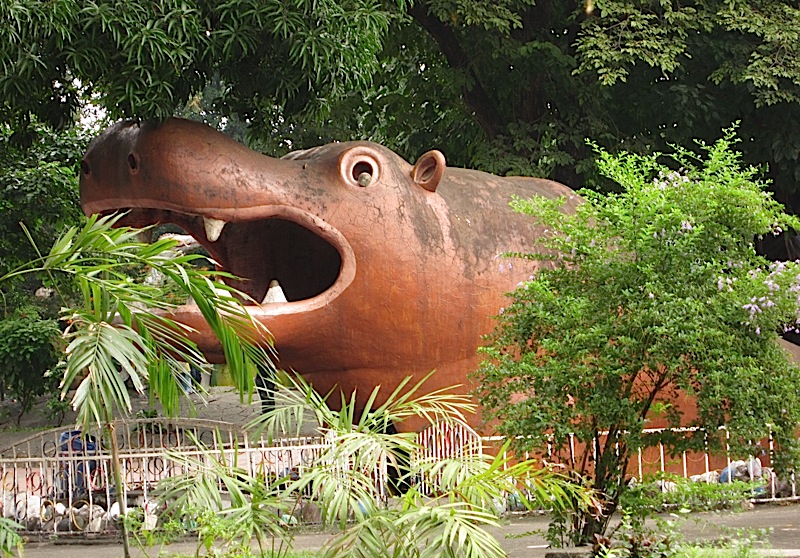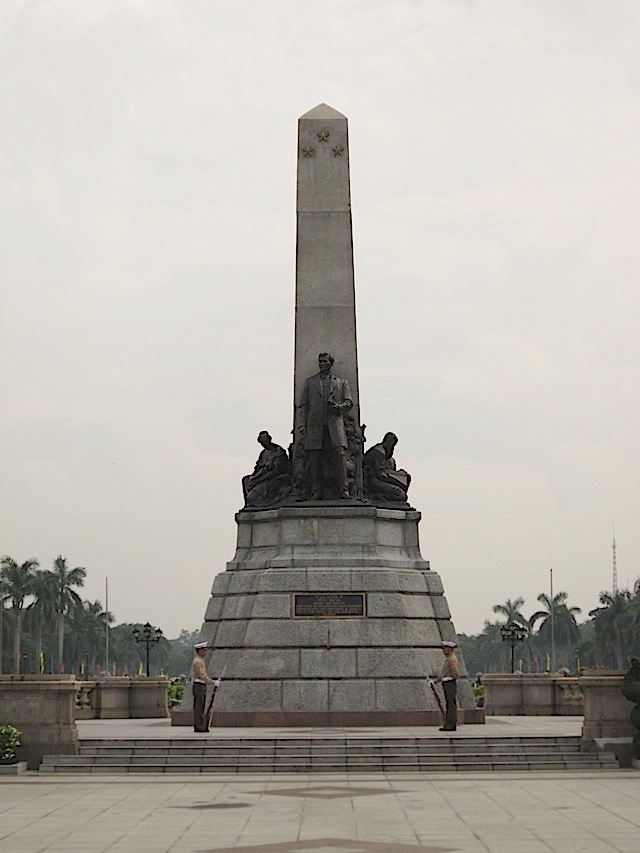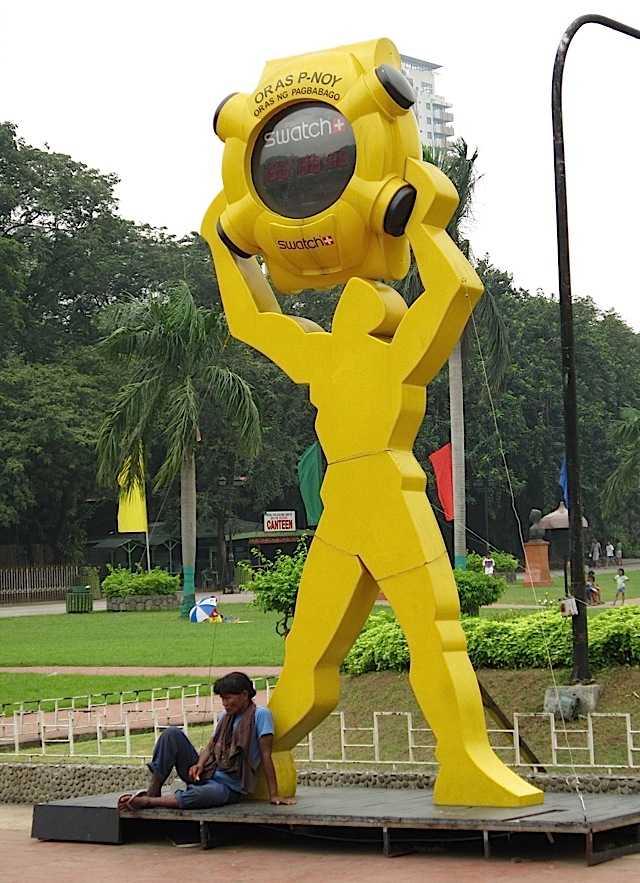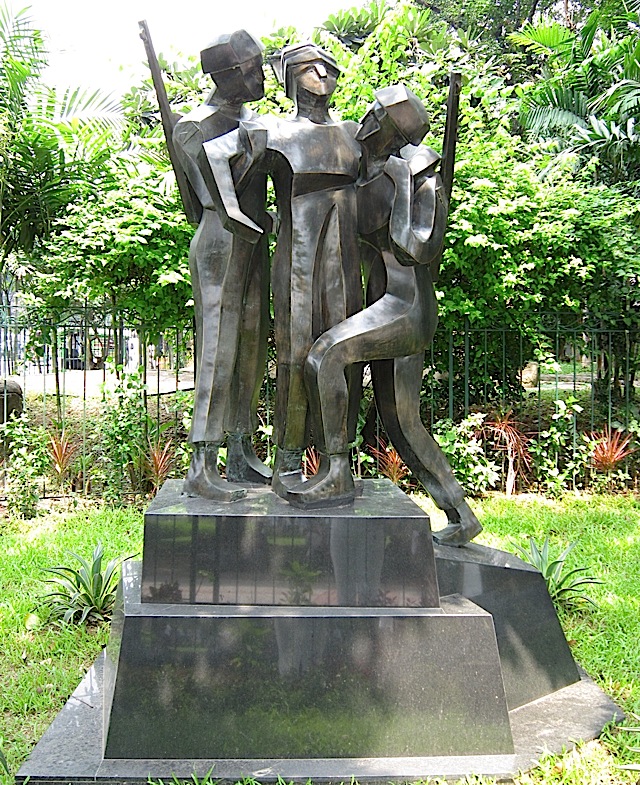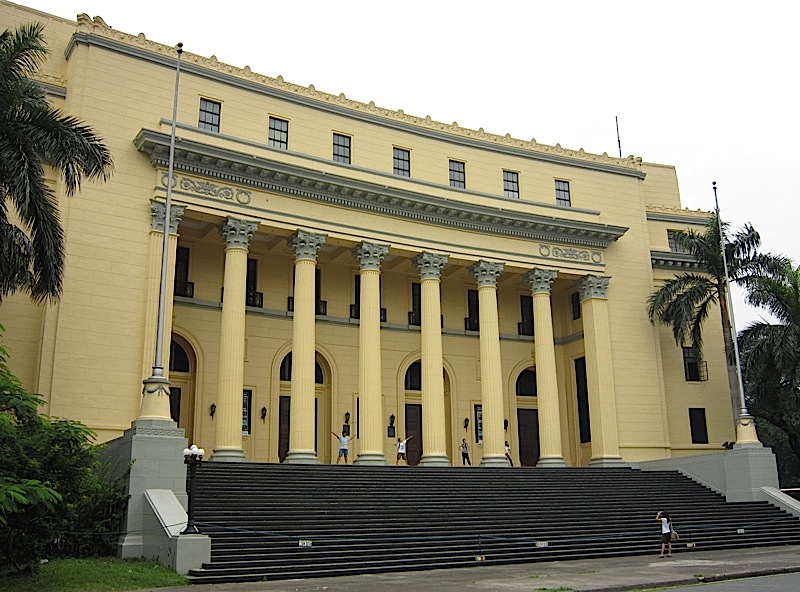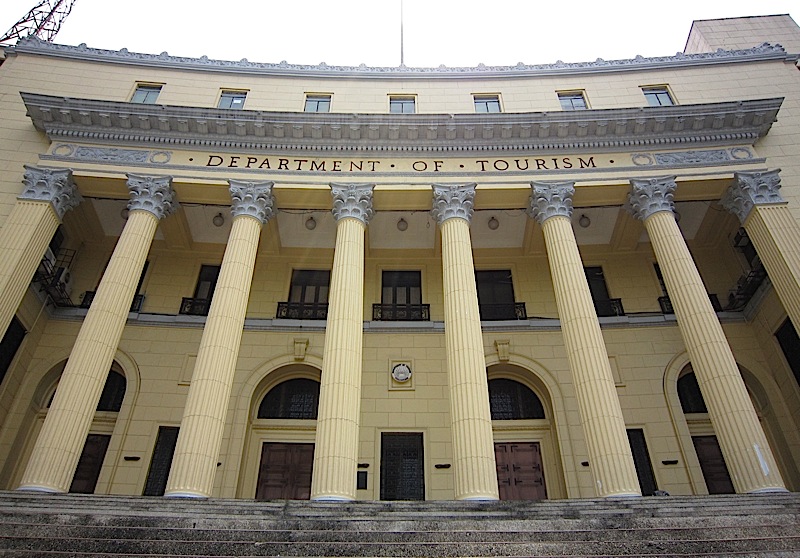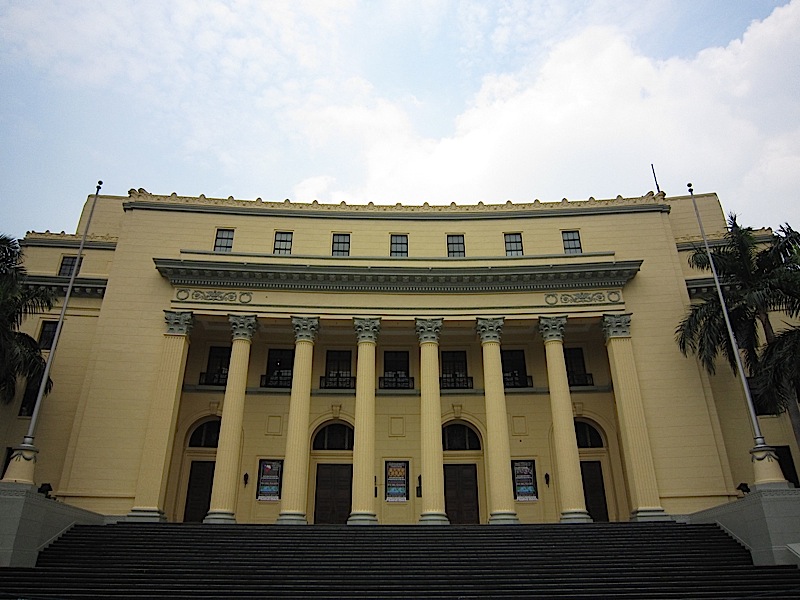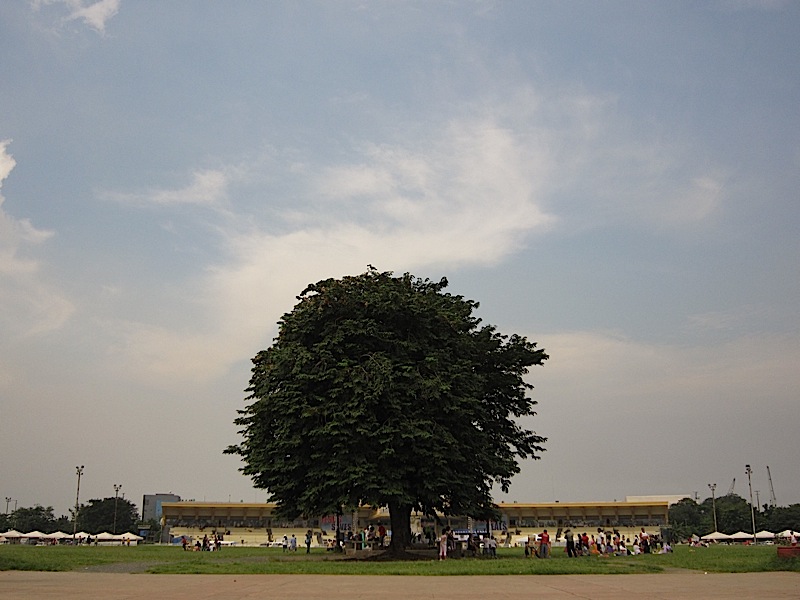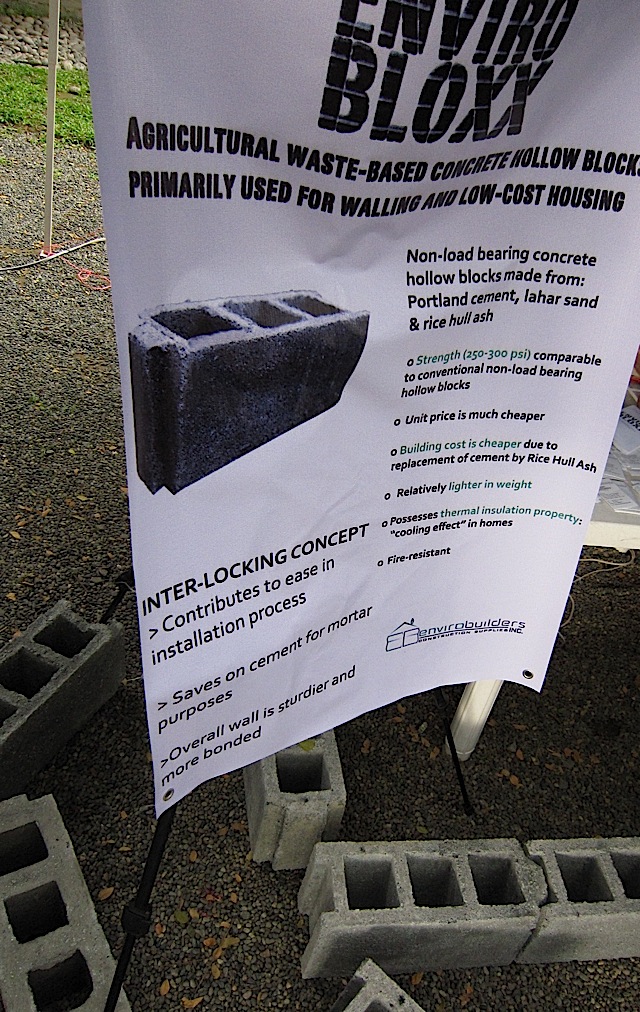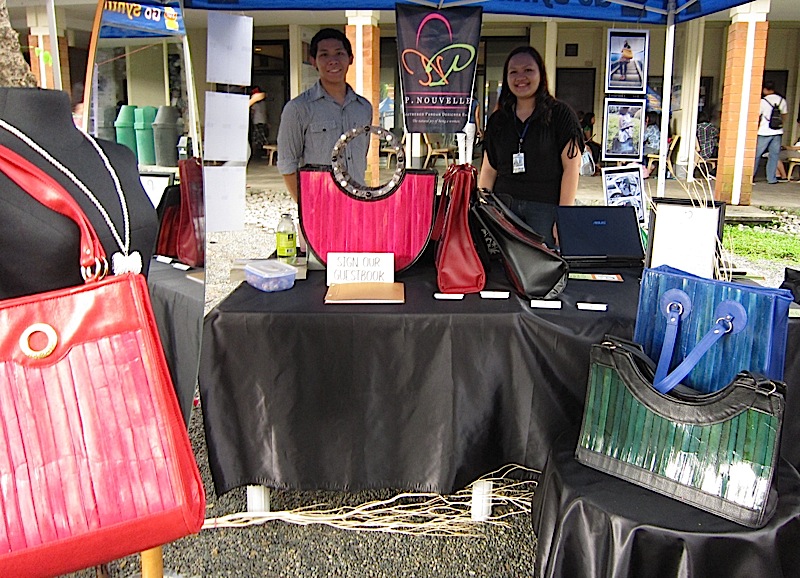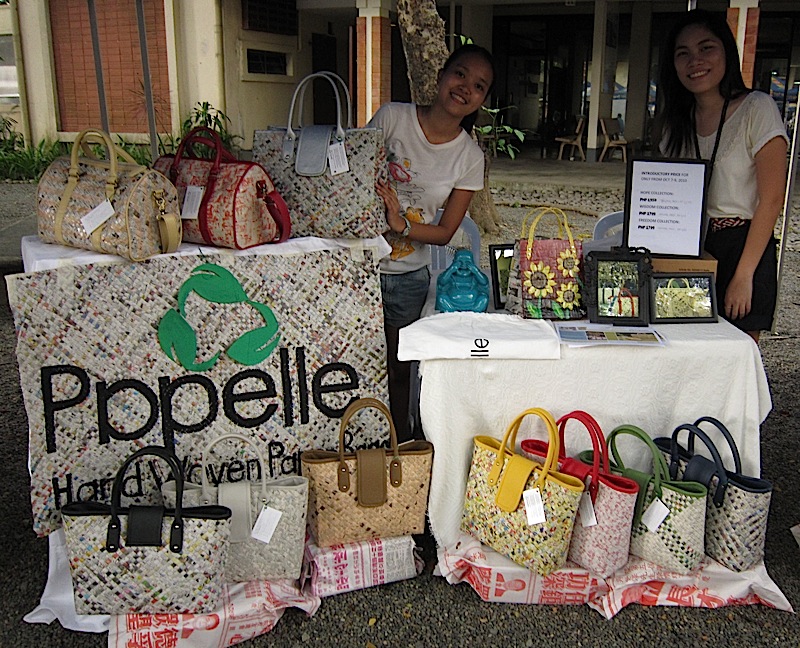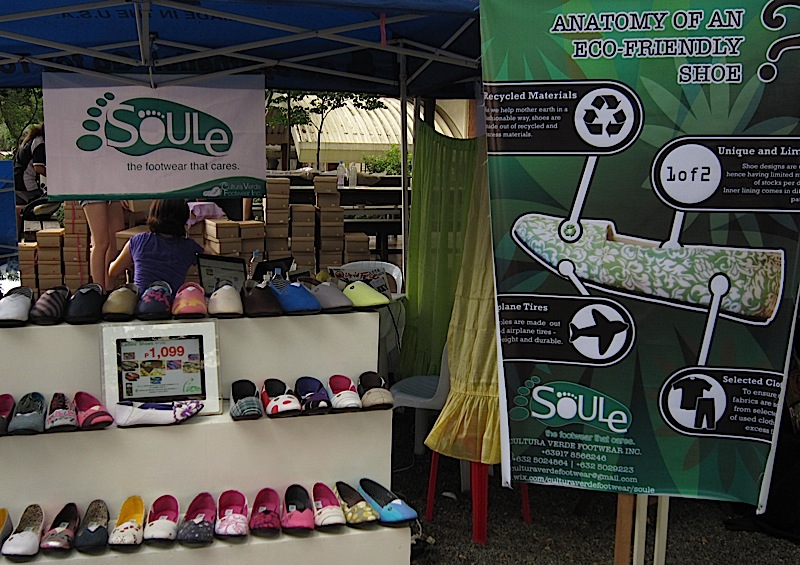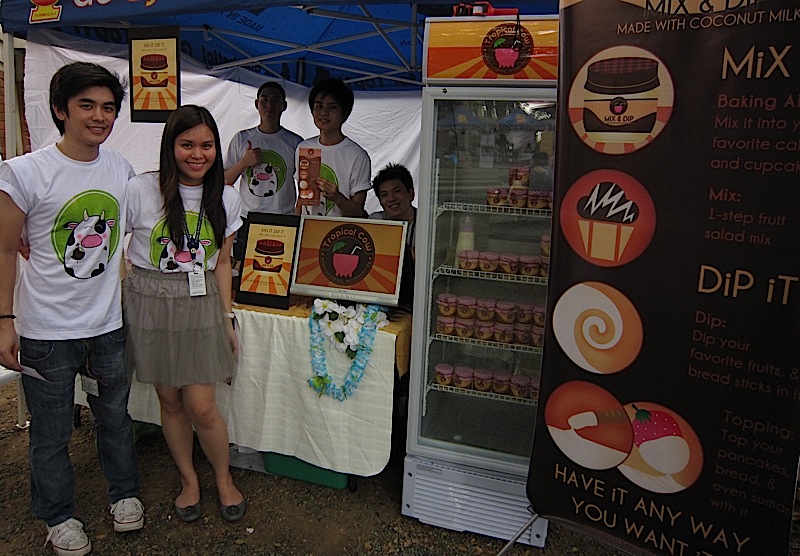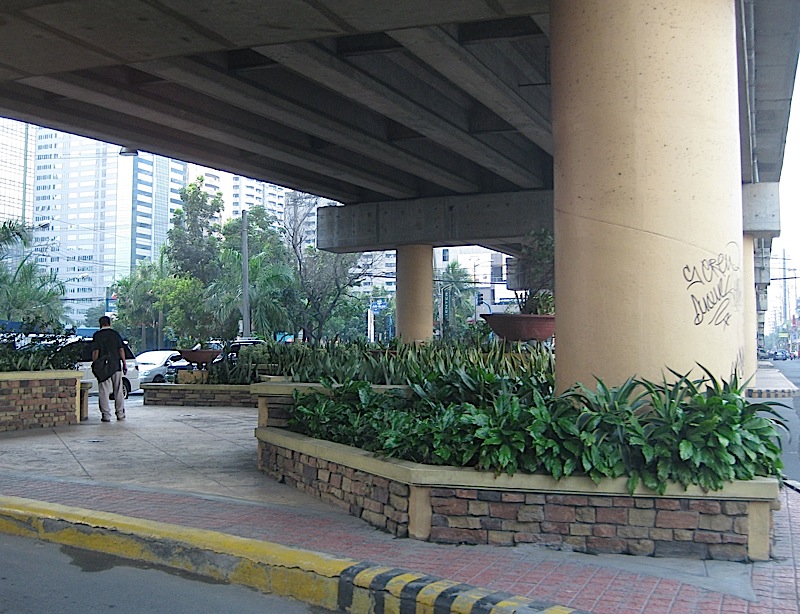Of all the projects at the
Ateneo School of Management Business Accelerator (SOMBA) Program fair last week, Ethnu was the one that made me weak in the knees, with their neo-ethnic jewelry. The materials—stone and shell beads, brass bells—are sourced from the tribes that inspired the jewelry, but the designs, created by fashion designer
Louis Claparols, are very modern. They currently have three beautifully-named collections which showcase the intricate work of three Philippine ethnic tribes. On the left is Brass Dreamweavers, from the
T'boli of
Southern Mindanao. On the higher table at the right is People of the Earth, from the Ifugao. On the lower table is Peacock Warriors, from the Kalinga. The Ifugao and the Kalinga are two of several ethnic groups in the mountainous
Cordillera region of Luzon which are known collectively as
Igorot. If only for purely selfish reasons (I want those necklaces!), I want this company to succeed, but of course, it's much more than that. Any company that can bring Philippine ethnic accessories and fabrics to the world stage has my support, especially if that company applies
fair trade principles in their dealings with these usually marginalized and exploited ethnic groups.

Ethnu is the brand of Ethnocentricity Incorporated. They are on
Facebook and can also be emailed at ethnuaccessories@gmail.com.




